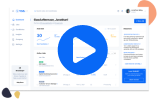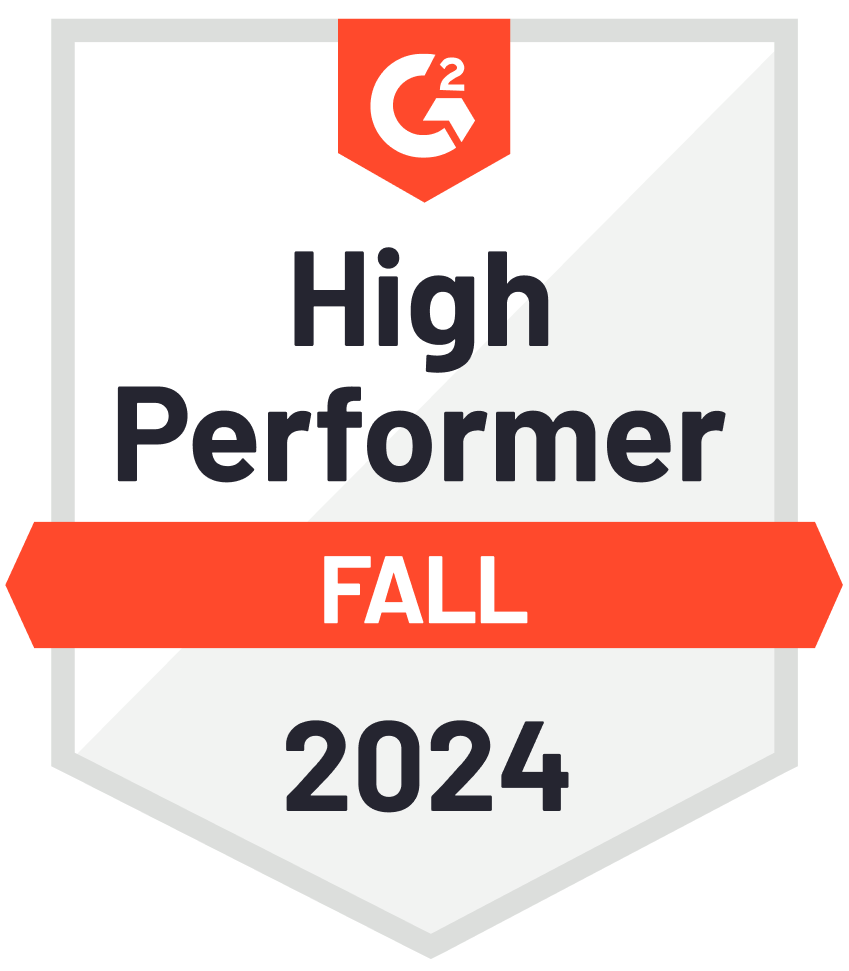Frequently Asked about Web Designers
What should employers look for in a web designer’s portfolio?
Employers should focus on the diversity and quality of the projects in a web designer’s portfolio.
Look for examples that showcase the designer’s ability to create visually appealing and user-friendly websites across different industries or platforms.
Pay attention to how well the designer implements responsive design and whether the work demonstrates creativity while adhering to brand consistency.
It’s also important to assess if the designer has experience with modern design tools like Adobe XD, Figma, or Sketch, and whether they have collaborated with developers or worked on real-world projects.
A good portfolio should demonstrate versatility, problem-solving ability, and an understanding of design trends and user experience.
How important is coding knowledge for a web designer?
While web designers are not typically required to code websites from scratch, a basic understanding of HTML, CSS, and JavaScript is highly beneficial.
This knowledge helps designers better collaborate with developers and ensures that their designs can be implemented accurately without major modifications.
Designers with coding knowledge can create more realistic prototypes and understand the limitations or possibilities of web technologies.
Employers should look for candidates who are familiar with coding languages, as this skill can significantly reduce miscommunication and streamline the design-development process.
How can employers assess whether a web designer is a good fit for their company culture?
To assess cultural fit, employers should focus on the candidate’s communication style, teamwork skills, and how they handle feedback.
During the interview process, asking behavioral questions can provide insight into how the designer collaborates with teams, meets deadlines, and manages client expectations.
Additionally, discussing how they stay updated on industry trends and whether they engage in continuous learning can show how adaptable and motivated they are.
A web designer who aligns with the company’s values, communicates well with cross-functional teams, and is open to feedback is more likely to succeed within the organization’s culture.
How do web designers contribute to a company’s overall digital strategy?
Web designers play a crucial role in shaping a company’s online presence by creating websites that are not only visually appealing but also functional and user-friendly.
Their work directly impacts user engagement, conversion rates, and brand perception. A well-designed website can enhance customer experience, improve accessibility, and lead to higher search engine rankings through responsive design and SEO best practices.
Web designers contribute to the digital strategy by ensuring that the website aligns with marketing goals, supports content strategies, and adapts to evolving trends in technology and user behavior.
A skilled web designer can turn a company’s vision into an interactive, efficient, and brand-consistent digital experience, which is essential for online success.







